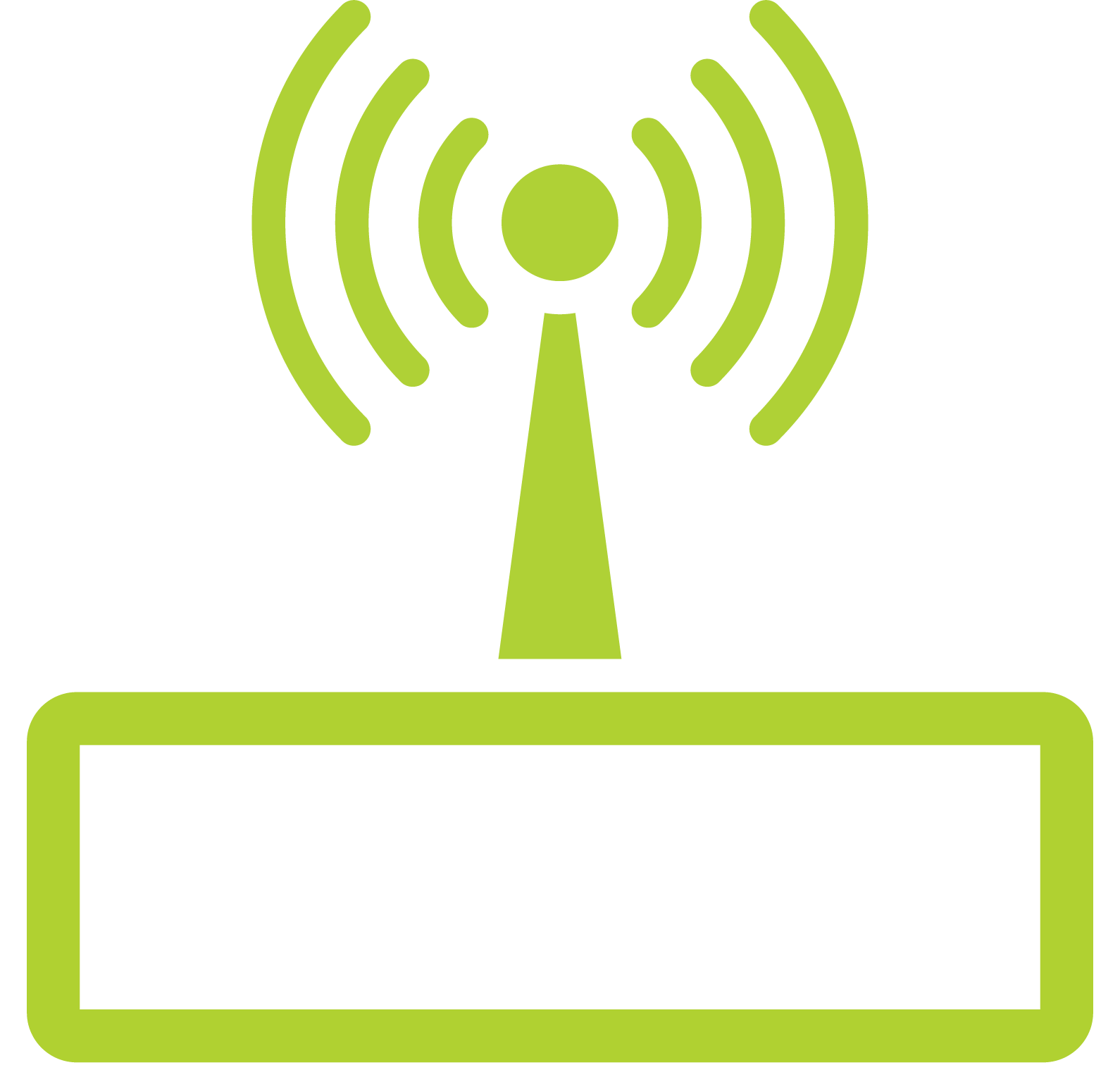Ethernet protocols play a vital function in improving web connectivity, particularly in multi-unit units (MDUs) such as flat buildings and condo complexes. These standards outline how data is communicated over systems, ensuring that equipment can interact effectively. As more people depend on the internet for employment, education, and leisure, having a dependable and fast link in MDUs has become progressively important. By comprehending Ethernet protocols, property administrators and residents can make knowledgeable decisions about their web provisions, leading to improved access for everyone.
One of the primary Ethernet specifications is IEEE 802.3, which outlines the specifications for wired Ethernet links. This standard has evolved over the years, bringing quicker rates and improved performance. For example, the initial Ethernet specification provided rates of 10 Mbps per second, while newer versions, such as Gigabit Ethernet, can offer speeds of up to 1,000 Mbps. In MDUs, where multiple residents utilize the same internet connection, having a rapid Ethernet system can significantly enhance the total consumer experience. Quicker rates mean quicker downloads, smoother broadcasting, and more reliable visual conferences, which are essential for remote employment and virtual education.
Another significant aspect of Ethernet standards is the use of structured cabling infrastructures. These systems organize and coordinate the network wires that link devices within a building. By following the principles set by Ethernet protocols, MDUs can guarantee that their cabling is efficient and effective. This organization assists minimize interference disruption and improves data transfer standards. Additionally, organized wiring enables for easier upgrades and maintenance, making it simpler for building administrators to adjust to evolving tech needs. As web usage continues to grow, having a well-structured wiring infrastructure becomes vital for ensuring top-notch access.
Electricity over Ethernet (PoE) is another important advancement in Ethernet technology that aids MDUs. PoE enables network wires to transmit power power along with data, removing the requirement for individual electric supplies for devices like safety monitors, Wi-Fi connectivity nodes, and VoIP devices. This feature simplifies installation and minimizes disorder, making it easier to set useful reference up a complete system in multi-unit buildings. By leveraging PoE, property managers can enhance safety and improve web access throughout the building without the extra expense of additional power work.

In conclusion, Ethernet protocols have a significant impact on internet connectivity in multi-unit units. By offering quicker rates, structured cabling, and advanced capabilities like Electricity over Ethernet, these protocols help create a reliable and efficient system for residents. As technology persists to progress, remaining aware about Ethernet protocols will be crucial for building administrators and tenants alike. By putting resources in the appropriate infrastructure, MDUs can guarantee that all residents experience a seamless web experience, making their homes more linked and accessible.
Comments on “Exploring the Impact of Ethernet Protocols on Improving Web Access in Multi-Dwelling Residences”